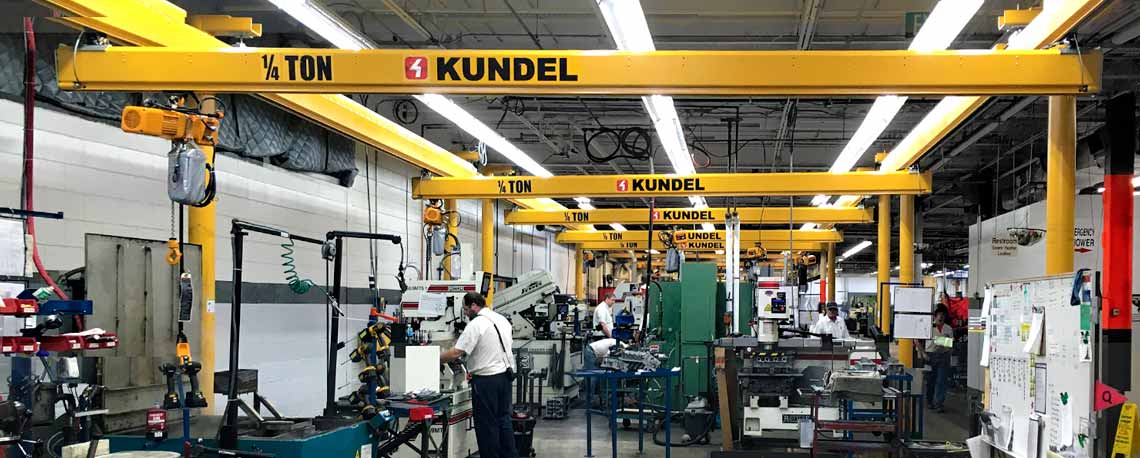Nearly every industry employs overhead cranes and hoists and their crane classifications. There is a wide range of overhead elevation units for any use, and so how do you pick the best equipment? As crane options and repair and inspection specifications are so critical for the staff’s safety, kundel.com has developed crane operation classes to make the option simpler.
Crane Classifications:
The classification of overhead cranes are
Class A – Regular or infrequent:
These cranes can be used with slow speed for effective handling. They are good options for energy providers, utilities, turbine rooms, engine rooms, and stations.
Class B – Light Operation:
This class is suitable for light and low-speed conditions. They can accommodate 2-5 lifts every hour and work well with maintenance facilities, light installation, support, and light storage systems.
Class C – Operation Mild:
These cranes are equipped with modest service specifications in machine shops, papermill machine chambers, and other settings. They can accommodate loads of 55% per hour on average, with a rated capacity of 5 to 10 lifts per hour and not more than 50%.
Class D – Heavy Service:
These cranes may be used to manufacture heavy-duty buckets and magnets in heavy machinery factories, foundries, industrial facilities, steel stores, bins yards or lumber mills, etc. With 10 to 20 service elevators an hour and an elevation of 15 floors, this type of service does not reach more than 65% of rated elevators.
Class E – Strong Service:
These cranes can handle loads that come to a rated power over their lifetime. Magnet, bucket, magnet/bucket scrap yard hybrid cranes, cement mills, timber mills, fertilizer plants, handling containers, and so on, with 20 or close to the rated capacity, can be implemented in applications.
Class F – Operation Continuous:
These cranes must accommodate loads that are continually reaching rated capability under extreme conditions throughout their lifespan. Specialty cranes built to fulfill essential tasks involving the entire manufacturing plant could be used in the applications.
Crane Classification Collection:
So what kind of crane best suits the unique production needs and the environment? In choosing the correct overhead crane, analyze the following essential criteria:
- Speed – estimated in lifts per hour, the crane pushes goods and machinery as fast as possible.
- Support – The frequency of operation of the crane.
- Width – The distance a crane must carry the raised goods.
- Capacity Level – The average rated load of transferred materials decides the rating capacity.
- Maintenance specifications – How many days the crane has to be maintained.
- Service conditions – The working environment and proximity to the crane for repairs are essential considerations.
Strengths of our product:
The strength of products provided by kundel.com are
- Our goods are crafted carefully to satisfy the unique needs of every consumer.
- In critical settings, our equipment should be used where protection is not threatened.
- We manufacture our goods to meet consumer standards and surpass them.
- The consistency, reliability, and improved protection of our equipment are appreciated.
- We have a vast supply of products and parts for shipping the next day.
Consult the experts when in doubt:
Kundel.com has been a high performing, professional lifting solution with unique applications and conditions. Our crane solutions experts can address your crane installation, service, and repair questions about your business.

